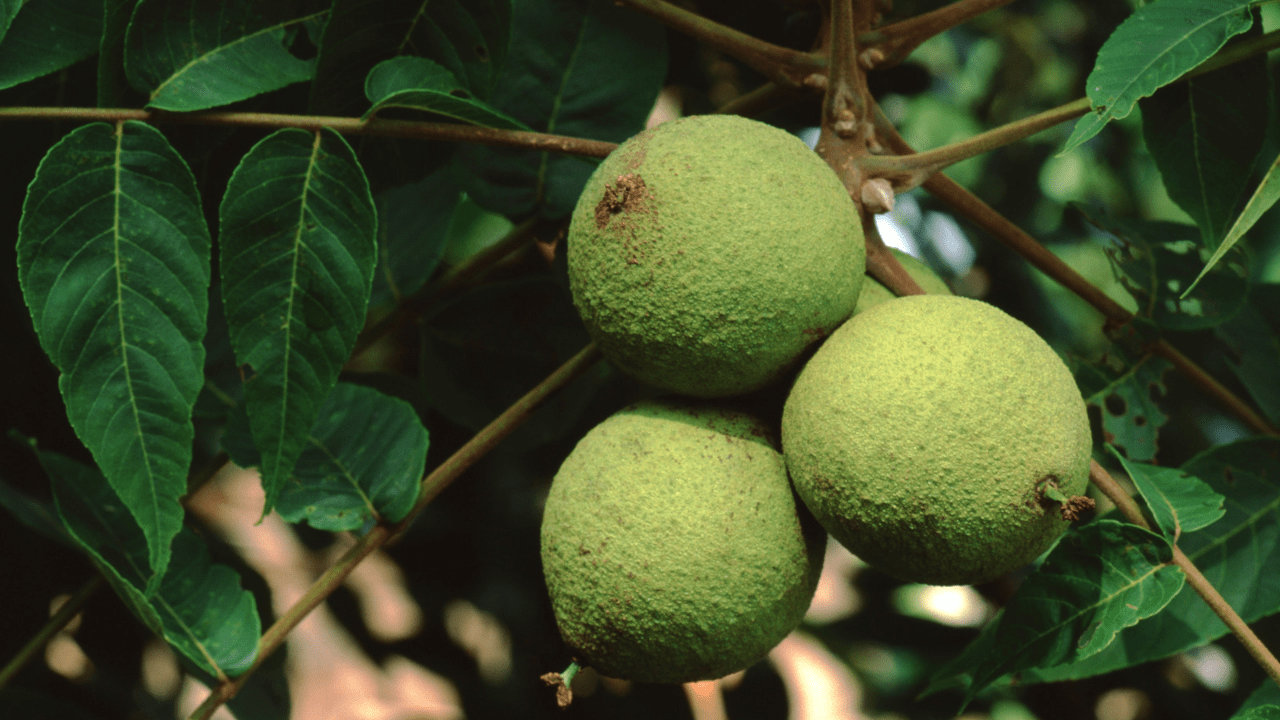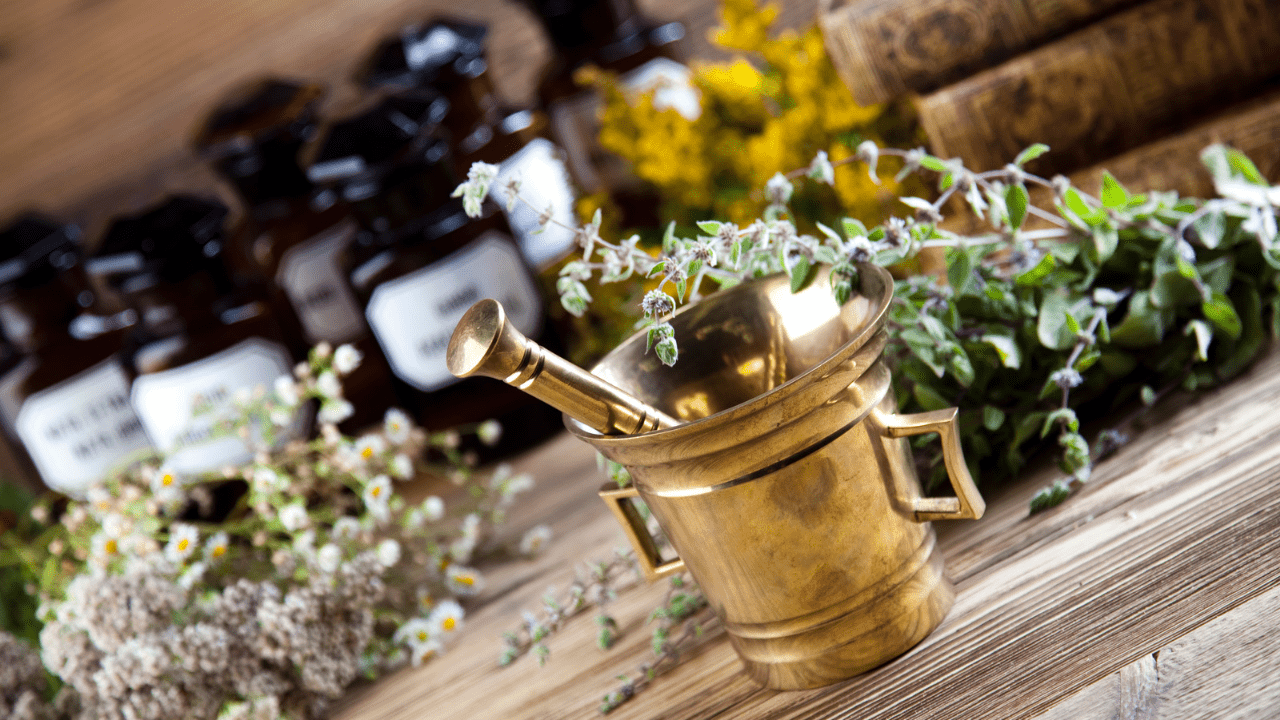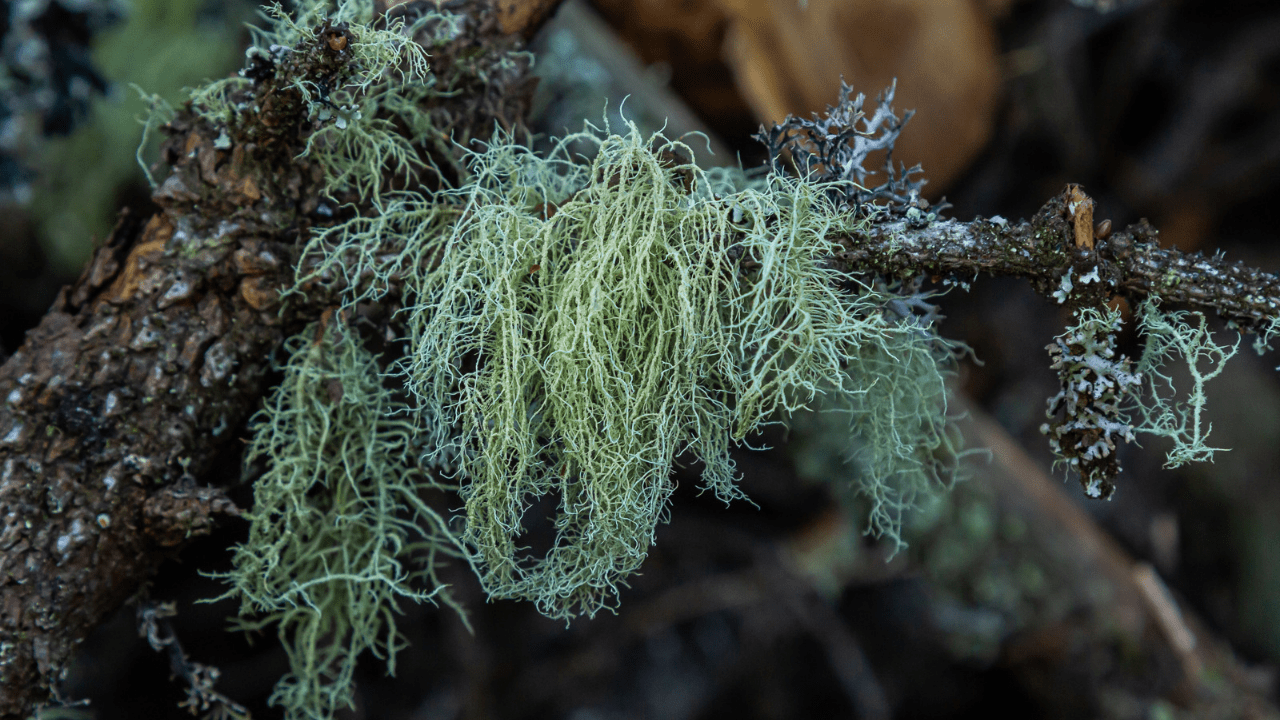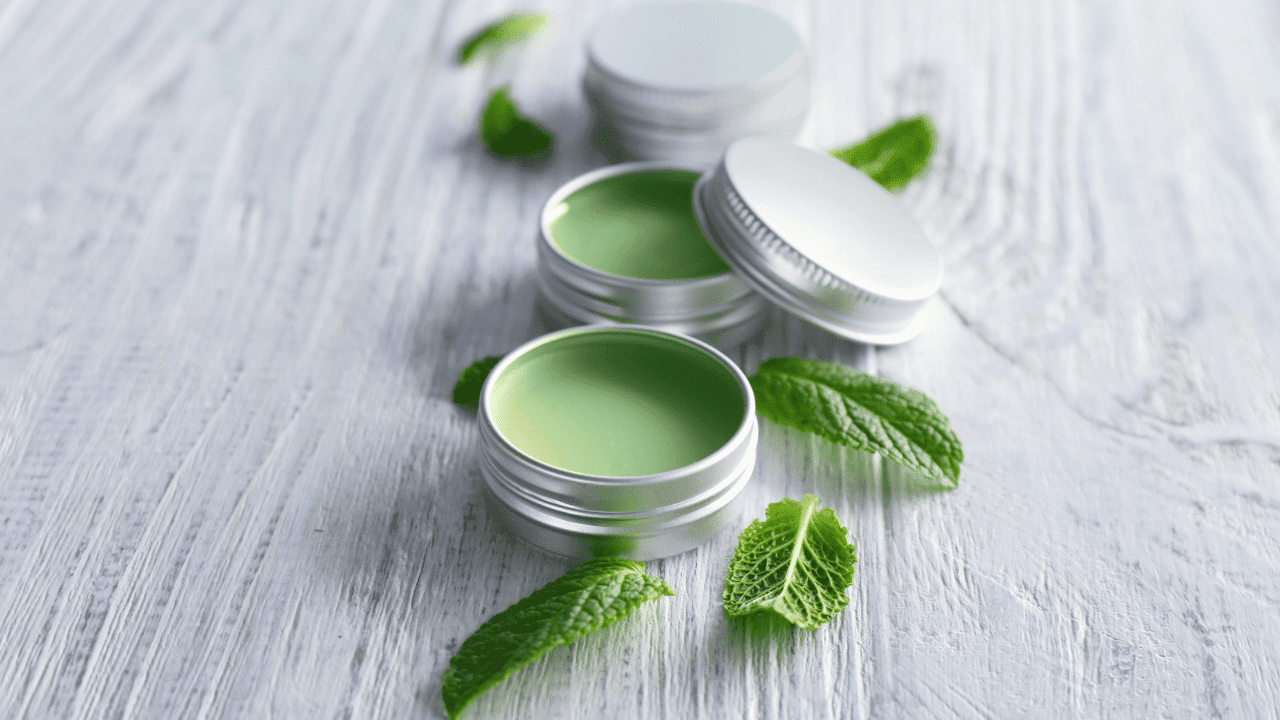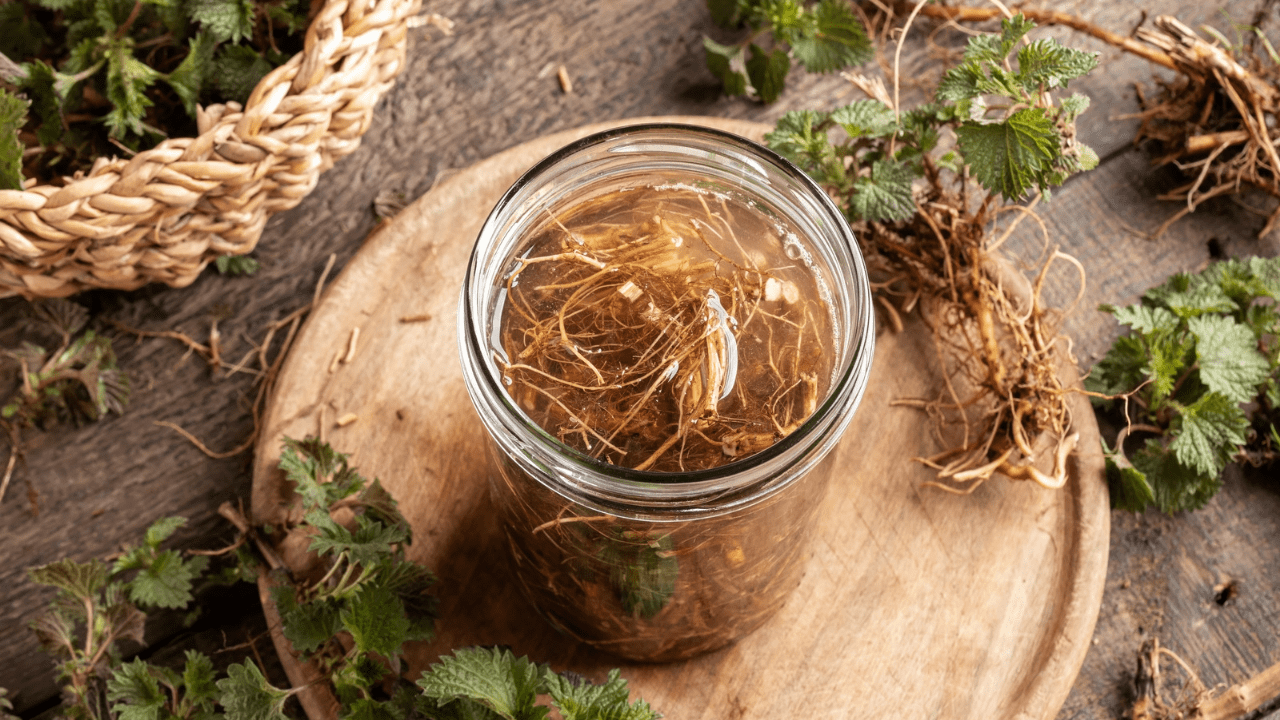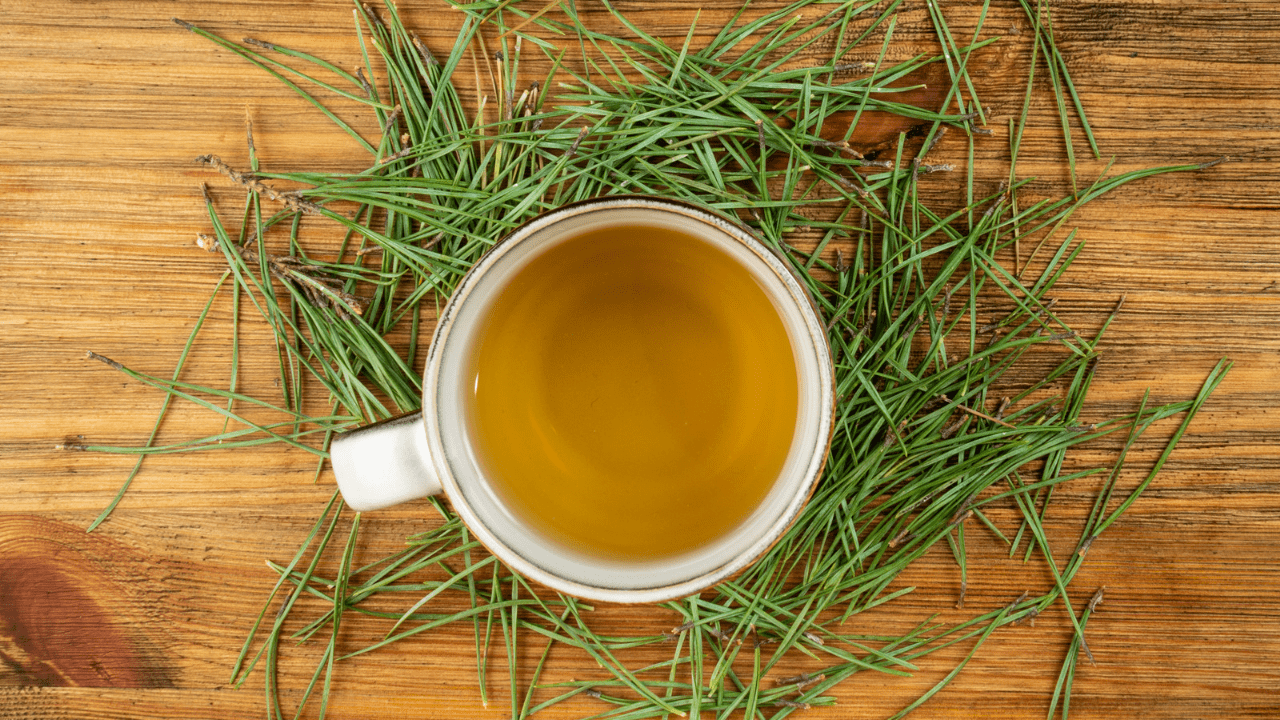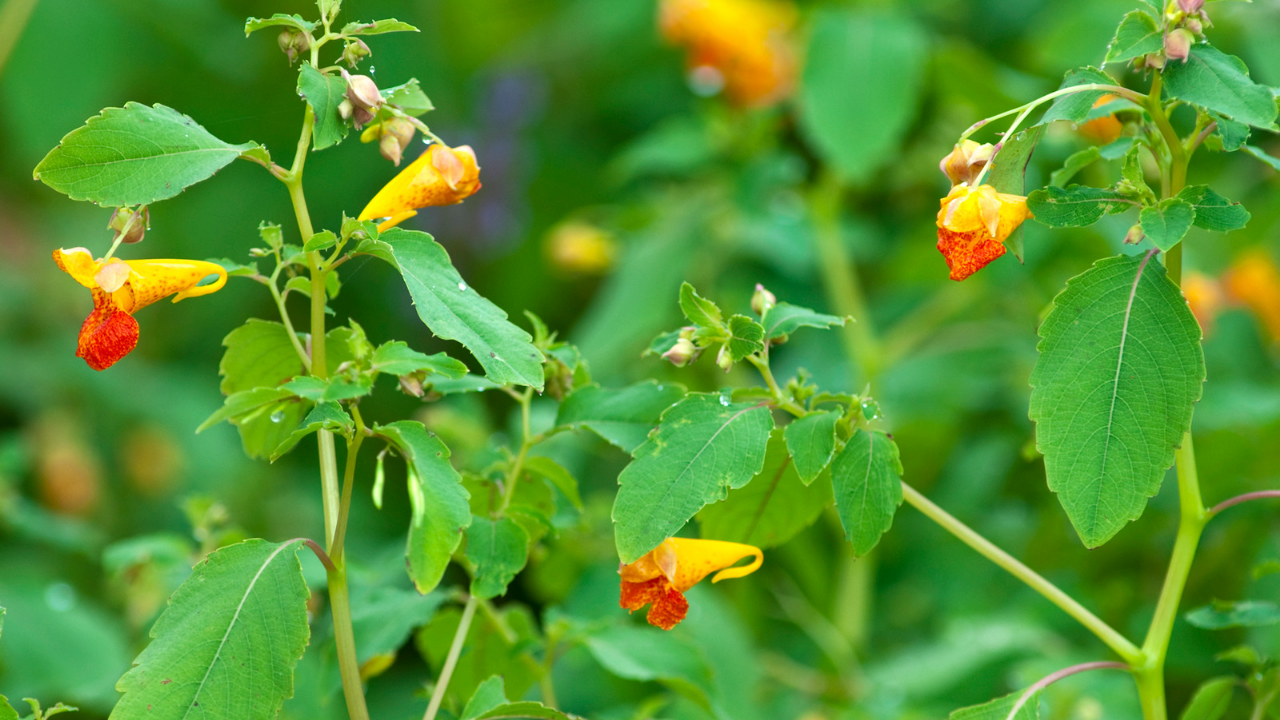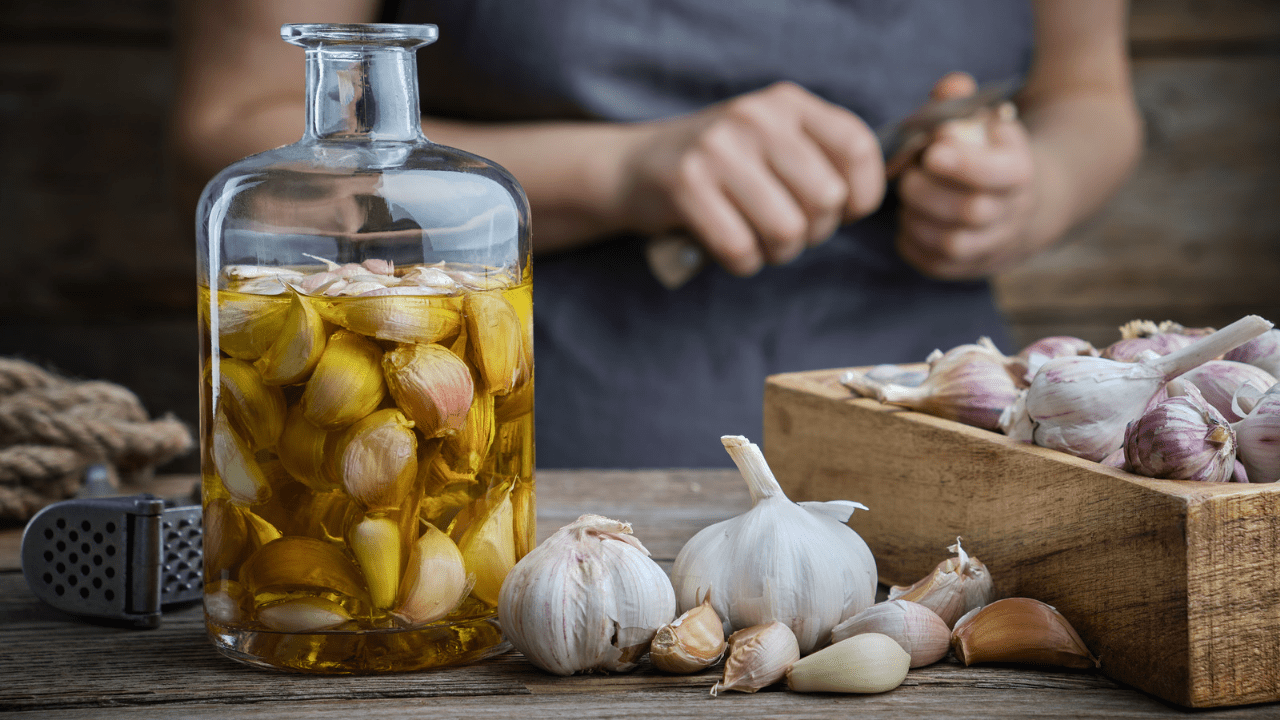BLACK WALNUT FOR REMOVING PARASITES
Black walnuts (Juglans nigra) grow wild across the United States and are the second most cultivated walnut in North America, following English walnuts. They were an extremely important food source and traditional medicine to many North American tribes. Many people think of black walnut trees as a nuisance. They drop their nuts and hulls on driveways, roadways, and lawns, and if they aren’t picked up immediately the green fruit rinds turn black and will stain sidewalks and driveways. This can sometimes leave behind a mess homeowners don’t want to deal with. Walnut bark, leaves and nuts all contain a chemical called juglone, which is toxic to horses, cows and other animals, causing serious health issues that can be fatal if left untreated. Many farmers remove walnut trees in locations they plan to raise livestock for this reason. Aside from this negative aspect, black walnuts are extremely nutritious, and are an…
Detoxify With These Herbs
Detoxifying the body is certainly not a new fad, although it has become increasingly popular in recent years. Historical humans had many different forms of detoxification, and many of those practices were based around religious beliefs. However some forms of detoxification came naturally. For example, after a long cold Winter, humans would gorge on fresh nutritious foods that would stimulate the digestive tract and cleanse the lymphatic system. This helped to detoxify the system and jump start the immune response. Why Detox? 1. Remove Toxins: People nowadays have grown accustomed to the processed foods they are eating and realized they need to make a change. Unfortunately, we live in a world where pollutants abound. We are frequently exposed to dangerous poisons from our surroundings, food to housekeeping and beauty goods. The good news is that our bodies are built to cleanse themselves. Processed foods and sugar on the other hand,…
HOW TO MAKE AN USNEA DUAL EXTRACTION
Usnea, also known as Old Man’s Beard, is not a plant but a lichen— a symbiotic relationship between an algae and a fungus. Lichens appear to be a single plant, but they are really fungus and algae that grow together. The botanical name is Usnea spp, but there are many different species in this genus all of which are medicinal. The botanical name is also the common name: simply called “usnea”. Many refer to this lichen as “Old Man’s Beard” however, like many common names, that can refer to various plants. So the botanical name is always the most accurate. Usnea barbata is one of the most well-known species, however, the various species of usnea are difficult to distinguish from one another. The good news is they are considered to have equivalent medicinal uses. The best way to positively identify usnea is to gently pull apart the strands and see…
Homemade Vicks Vapor Rub
Homemade Vicks Vapor
Stinging Nettle For Prostate Conditions
Prostate health is just as important to men as breast and ovarian health is to women. Common prostate disorders such as BPH exist in over half of all men. By age fifty, 50% of men will suffer from BPH. That number jumps to 70% among men aged 60 to 69 and around 80% of men over 70 years of age. Benign prostatic hyperplasia (BPH) also called prostate gland enlargement, is a common condition that effects men as they age. An enlarged prostate gland can cause uncomfortable urinary symptoms, such as blocking the flow of urine out of the bladder. It can also cause bladder, urinary tract or kidney problems. The severity of symptoms in people who have prostate gland enlargement varies, but symptoms tend to gradually worsen over time. Common Signs & Symptoms of BPH • Frequent or urgent need to urinate • Increased frequency of urination at night •…
White Pine Benefits & Uses
White pine (Pinus strobus) is a fast-growing, medium-sized conifer tree with long needles and a very straight trunk, growing up to 100 feet in hight. Native to north-eastern parts of North America, with varieties growing in the mountains of Mexico and Guatemala, white pine became an important resource for many indigenous tribes. The inner bark was an available food source that was eaten by either boiling it, or grinding it into a powder which acted as a flour alternative. This pine flour was not used in the way we use flour today, to bake breads, cakes, etc. This was added to pots of stew to thicken it and add needed nutrition. White pine was also used as a material source. Before the arrival of Europeans, many eastern tribes used the huge, straight trunks of white pines for dugout canoes. Pine pitch was also made from the sap and used as…
Colloidal Silver, Alternative Medicine
The old saying “born with a silver spoon in your mouth” had a meaning that implied more than just a wealthy person. It also meant a healthy person. In colonial times, the upper class seemed to show less signs of sickness, and lived longer fulfilling lives then the average peasant. Wonder why? This health wasn’t just due to the fact that they weren’t working as hard. They certainly didn’t work as hard as the average peasant, but they were still exposed to the same hazards and germs. What was different was that the upper class was eating off of “acual silver” dishes and silverware. Every time these items were used, tiny particles of silver would chip off and be ingested. Silver coins were also placed in water containers to keep the water from spoiling. Of course, when this water was consumed, it provided health benefits. Some say this is when the…
Treating Fevers With Herbs
“Cool down” tea for children
Jewelweed, Poison Ivy’s Arch-Nemesis
The Natural Remedy For Poison Ivy
Garlic Oil Remedy For Ear Infections
Great remedy for those middle of the night ear infections
How to get rid of Molluscum Contagiosum for good
This was one of the worst experiences in my life
